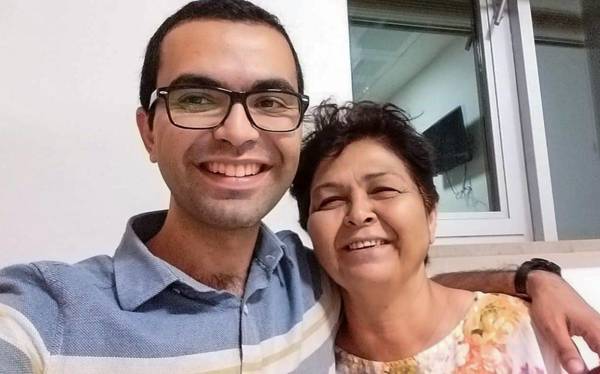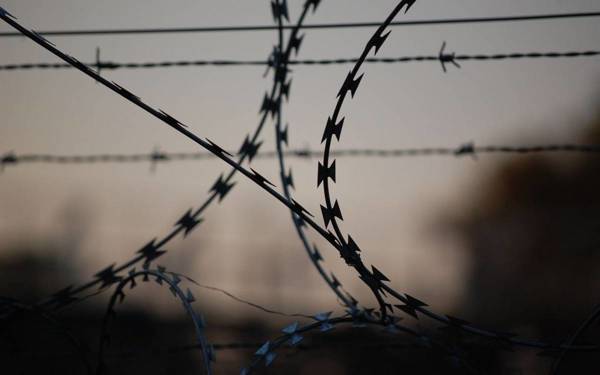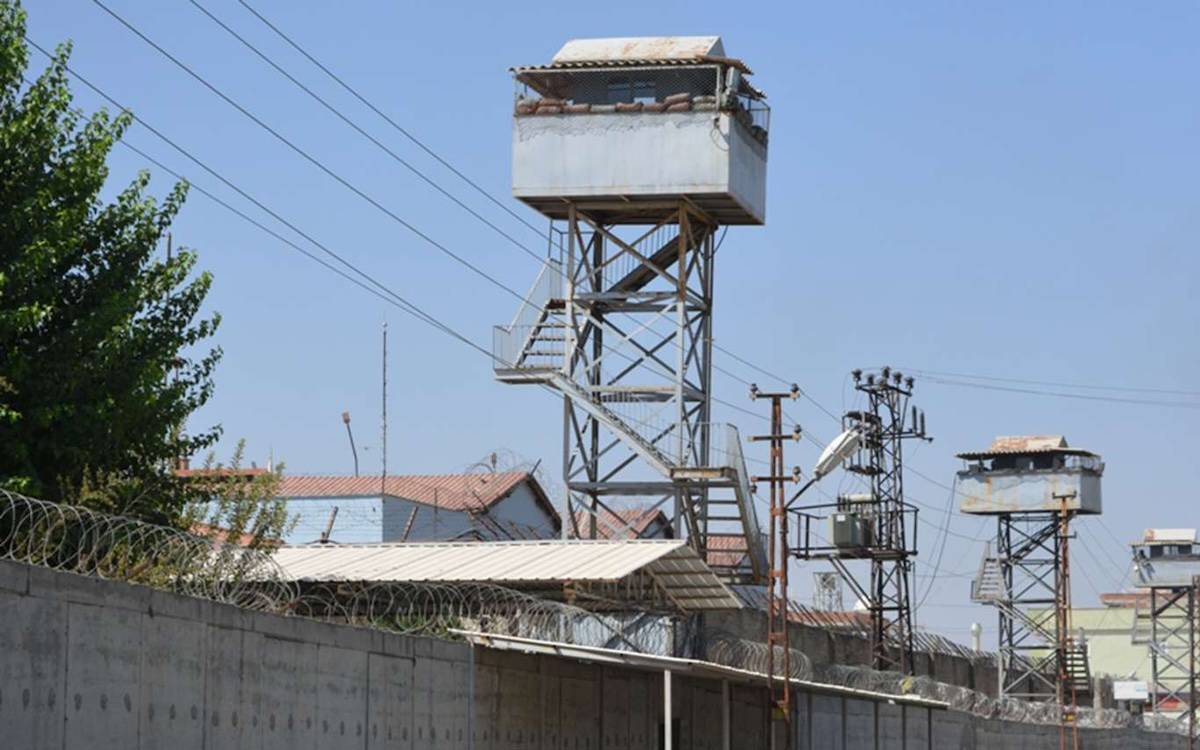Turkey ranks first in Europe in prison population growth


The Council of Europe's annual report on incarceration statistics based on the 2022 census has been published. Marcelo Aebi, lead researcher of the team that prepared the report, said that the prison population in Turkey continues to increase by 15% per year, in line with the long-term trend observed since the coup attempt on July 15, 2016.
According to the report, Turkey continues to hold the first place in Europe in terms of imprisonment with a total of 348,265 people held in prisons in 2022 and a ratio of 405 prisoners per 100,000 inhabitants.
“There are many people in Turkey who have been convicted under anti-terrorism laws,” Aebi, a criminologist and professor at the University of Lausanne, told DW.
According to the World Organization Against Torture (OMCT), the incarceration rate in Turkey increased by 89.3% in the 10 years between 2011 and 2021.
The countries behind Turkey in the ranking of the countries with the highest number of inmates per 100,000 citizens are as follows: Georgia (256), Azerbaijan (244), Moldova (242) and Hungary (211). The lowest numbers are Finland (52), the Netherlands (52), Norway (55) and Germany (69).
Eastern European countries and the Caucasus region, including Azerbaijan, Georgia, and Türkiye, have significantly higher incarceration rates compared to their Western and Northern European counterparts, indicating a notable disparity in criminal justice systems and prison populations. On the other end of the spectrum are countries like Germany, the Netherlands, Slovenia, Switzerland, and the Nordic nations.
Over 1 million prisoners in European prisons
According to DW, Turkey's surge to the top spot was largely due to Russia's expulsion from the Council of Europe following the Ukraine war. However, the report, which covers the 12 months ending February 2023, reveals that Turkey is not the only country experiencing a rise in its prison population.
Moldova recorded a dramatic increase of 52.1% per year, followed by North Macedonia (25.5%), Cyprus (24.8%), and Azerbaijan (12.5%).
A survey of prison administrations in 47 signatory countries to the Council of Europe convention found that the proportion of the continent's prison population has increased by an average of 2.4%. As of January 31, 2023, Europe's total prison population was 1,036,680.
A similar increase was recorded in 2021, when those released from prisons due to the COVID-19 pandemic began to be re-admitted. As COVID-19 gripped Europe, some countries, including Turkey, released prisoners from closed institutions to manage the risk of the deadly respiratory disease.
Prior to the COVID-19 crisis, the prison population rate in Europe peaked in 2013, followed by a long period of decline.
What is changing?
Council of Europe researcher Aebi said it was “too early to state whether the recent increase reflects a long-term trend or is merely a post-pandemic recovery”.
Pointing to the example of Sweden, where the imprisonment rate increased by 5.1% in 2022, Aebi said, “I don't have a definitive answer to that, but something is changing.”
“If you go back through the press, 10-15 years ago, they were saying that Sweden was going to close the prisons because there were too few prisoners,” he said. “Now [this country] has a serious problem with gangs and that is the real reason for the increase.”
Aebi emphasized that more than half of the main crimes for which prisoners in European prisons are convicted are related to drugs and violence.
(AEK/DT)







